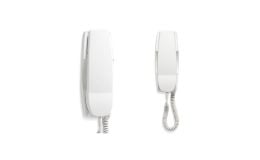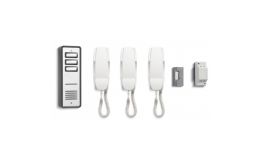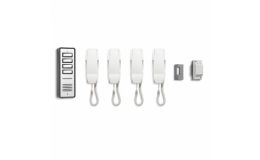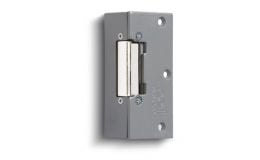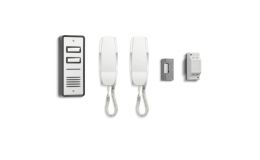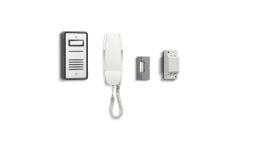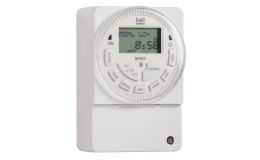Fastlec uses cookies to ensure that we give you the best experience on our website. If you continue we assume that you consent to receive all cookies on the Fastlec website. Read More.
Door Entry Systems
Comparing Different Types of Communal Door Entry Systems
Communal door entry systems are a security feature commonly found in apartment buildings, office complexes, and other multi-unit properties. These systems are designed to control access to the building by allowing only authorized individuals to enter. The most common type of communal door entry system is a keypad or intercom-based system, where visitors must input a code or speak with someone inside the building to gain entry. Some more advanced systems use electronic key cards or biometric identification to grant access. These systems not only help to keep unwanted visitors out, but also provide residents with peace of mind, knowing that their building is secure. Overall, communal door entry systems are an effective way to manage access to a building, maintain security, and provide convenience to residents or tenants.
Confused between key fobs, access cards, keypads and other technologies used in door entry systems? Here's all you need to know.
Whether you're looking to secure office buildings, residential complexes, or any other type of facility, door entry systems are essential for restricting access and maintaining security. But with so many different technologies out there — like key fobs, access cards, and keypads — it can be hard to decide which one is right for you. Here's all you need to know about door entry systems.
Understand Your Needs - Key Fob Entry Systems, Access Card Entry Systems, and Keypad Entry Systems.
Understanding your specific requirements and budgetary restrictions is the key to finding the right door entry system for you. If you're looking for a cost-effective and straightforward solution, then a Key Fob Entry System may be the best choice for you. On the other hand, if you need more advanced features like time and attendance tracking, then an Access Card Entry System or Keypad Entry System may be a better fit. Consider your individual needs before making a decision.
Plan for the Future - Consider both current and future needs.
Looking ahead and considering your future needs is important when selecting a door entry system. If you’re unable to account for possible changes in technology, structural modifications, or personnel expansion, then you may find yourself needing to replace or upgrade your entry system sooner than planned. Consider features that could be useful to have down the road such as additional access levels, visual recognition capabilities, remote access control functionality, and integration with other security systems.
Check Compatibility - Ensure each system piece is compatible with your entry points.
Before you install any door entry system, always ensure that components are compatible with your existing doors and entry points. Some older door frames may require reinforcement to securely mount a new push button or card reader, while others may need special wiring to power different types of systems. Knowing the dimensions and specifications of the entry system such as IP ratings, temperature ranges, and even distance from access points can save you time and potentially costly repairs down the road.
Choose a Suitable System - Determine which type of door entry system will best meet your needs.
After assessing your access control needs and requirements, you need to determine which type of door entry system will best suit your needs. You can choose from key cards, key fobs, biometric systems, or even a pin pad. Each has its own advantages and drawbacks that must be taken into consideration before making a selection. For example, keycards offer greater convenience for visitors but require more maintenance for staff members. Key fobs are cheaper but may lack the security needed for high-risk areas. Biometric scanners provide unparalleled levels of security but involve a higher upfront cost. In order to make an informed decision, consider the types of locks you want to use and the level of access control you want.
Installation & Maintenance - Consult experienced technicians to ensure proper installation and regular maintenance of your chosen door entry system.
Installing and maintaining a door entry system requires knowledge and experience. To ensure proper installation and regular maintenance of your chosen door entry system, you should consult with certified professionals who are familiar with the technology. This will help to reduce the risk of malfunctions or security breaches, ensuring that access to specified areas is granted only when appropriate. Additionally, experienced personnel will be able to answer any questions you may have about the different types of locks and entry systems available, as well as any necessary maintenance procedures required for each type.
- In stock
- In stock
- In stock
- In stock
- In stock
- In stock
- In stock
- In stock
- In stock
- In stock
- In stock
- In stock


